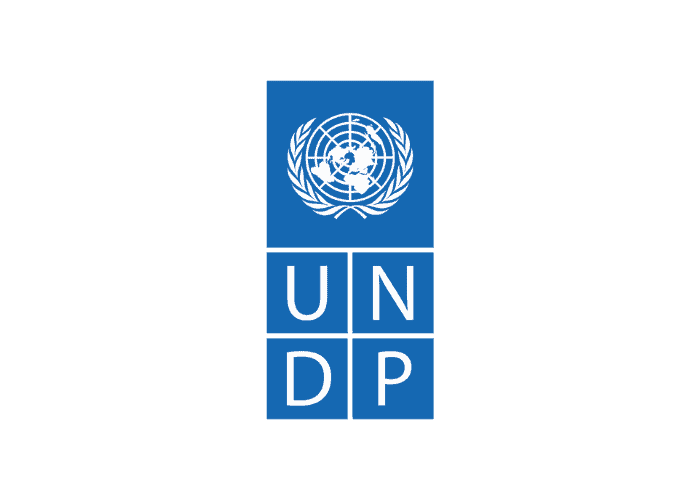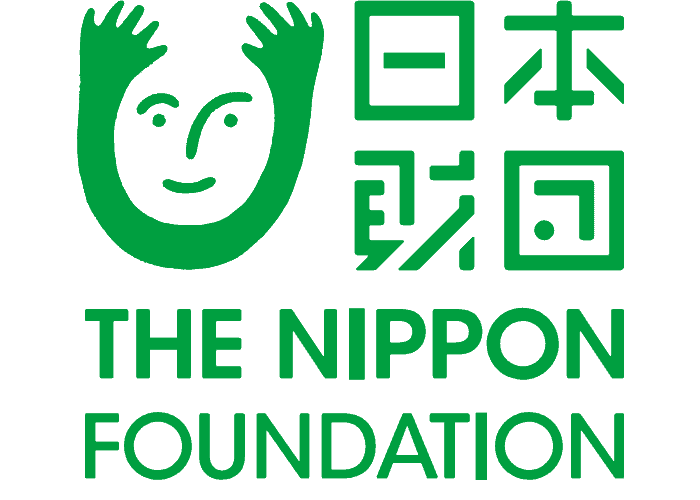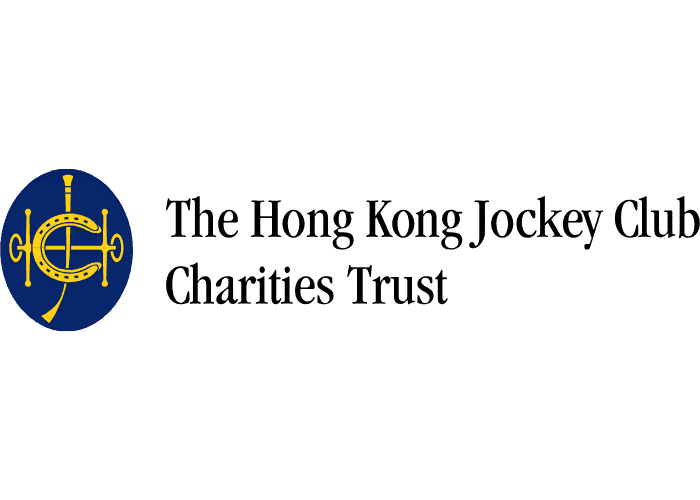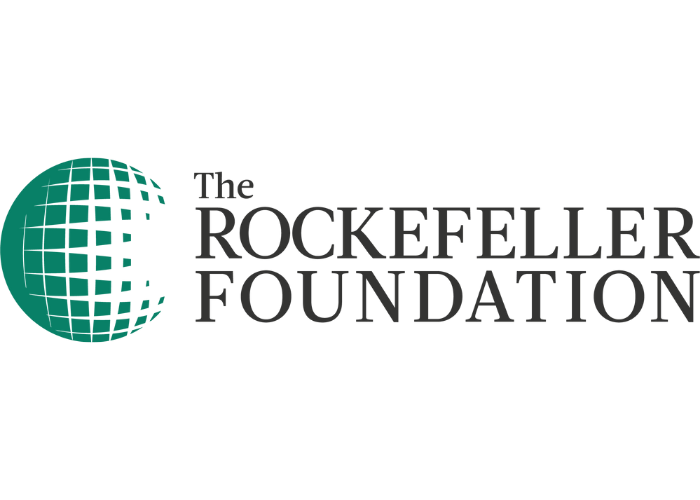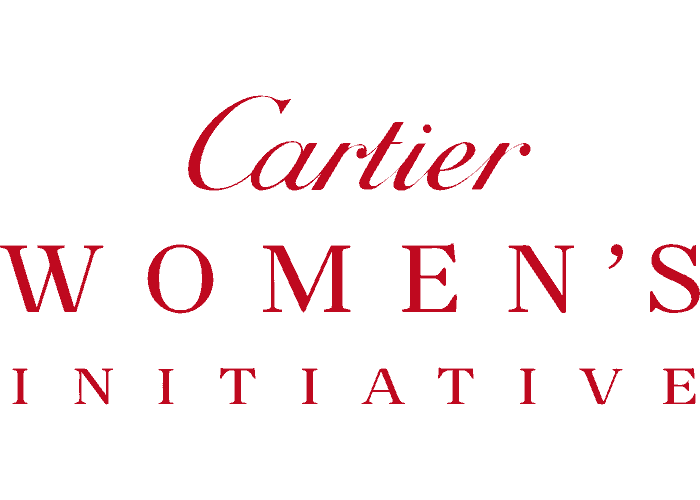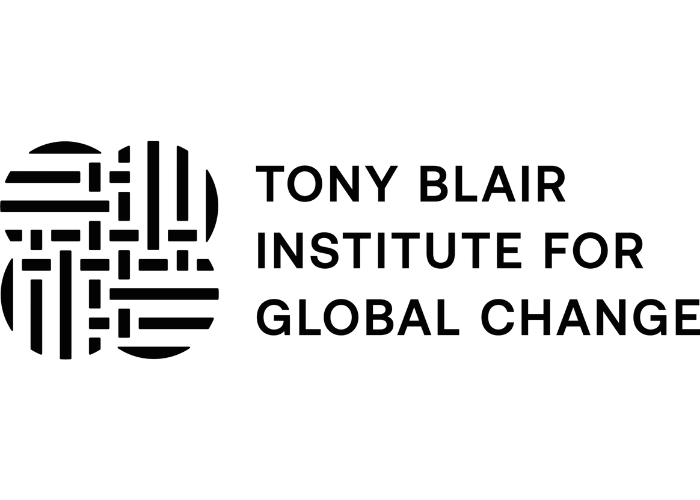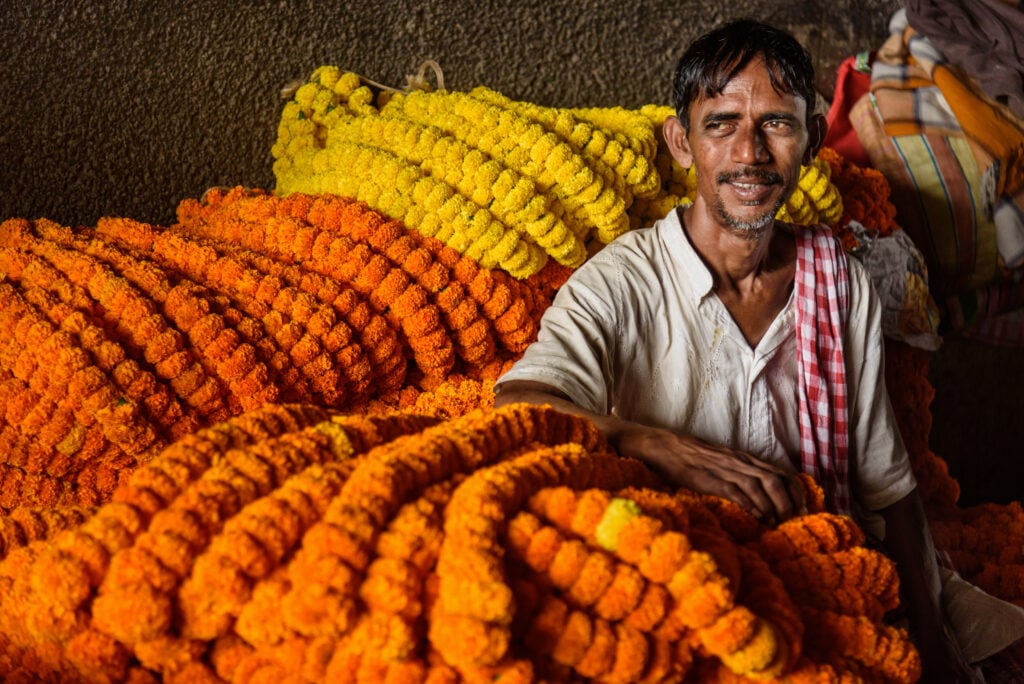Co-author: Kamal Munir
5 min read
As the world struggles to manage the vicissitudes of an increasingly virulent virus with daily recalibration of policy approaches and vaccination strategies (multiple governments have been accused of regular U-turns], philanthropy has an opportunity to seize the moment for more stable and structural change. Our recently published report entitled Philanthropy and COVID-19: Is the North-South Power Balance Finally Shifting? noted that the pandemic has shone a light on entrenched sectoral issues that existed before the crisis (and may been exacerbated by it) but that if addressed now can help improve impact and sector equality.
We found that the markets of the Global South often suffer from institutional voids that prevent efficient diffusion of knowledge, long-term planning, good governance and capacity development in philanthropy. These gaps can potentially be filled through more conducive regulatory frameworks, using boards more effectively to access knowledge and, through encouraging greater transparency through digital transformation. However, best practice in the sector remains disproportionately influenced by the Global North creating a power imbalance with the Global South and a “deep sense of dissatisfaction with the status quo”. This will come as no surprise to those long calling for a paradigm shift (less short-termism, more ‘patient’ capital and a more ‘hands-on’ approach) but the pandemic has helped identify some new trends that can potentially catalyse change and improve impact.
The first of these is the development of networks. As individual countries rallied round the flag during the pandemic seeking to protect first and foremost their own, the imbalances in the Global North and Global South sector entities became apparent. While Global North organisations often had financial reserves and technical capacity to pivot their business model, their Global South counterparts were much less well resourced. As Global North foundations toyed with leveraging their balance sheets to protect their annual spend, Global South social purpose organisations (SPOs) worried about paying next month’s salaries. Evidence suggests that robust emerging market professional networks could help offset this imbalance.
While professional philanthropic networks have existed for decades even in emerging markets and despite often struggling with funding gaps, the pandemic saw them come into their own. Many formal networks mobilised to provide regular resource updates, while informal networks also sprang up to mobilise peer funding and peer learning. Historically, philanthropic donors have been less interested in funding infrastructure or networks than programmes, but the pandemic has served to reinforce their value as an excellent mechanism for promoting sectoral resilience and for scaling up capacity building. More support should be provided directly to them.
The second element was the rise of collaboration between Global South SPOs – particularly foundations – and Global South governments. For decades, the latter have feared philanthropic interventions due to perceptions about third sector political affiliations and the potential threat of civil society to autocratic regimes. Emerging markets have also struggled to regulate the growth of the third sector especially as it morphed from traditional charity to more sophisticated (and often confusing) hybrid models such as social enterprises, impact funds and impact bonds. Such fears have often led to a knee-jerk policy of ‘shutting down’ rather than facilitation often hindering the capacity of the sector to raise money and deliver on mission.
One of the silver linings to of the pandemic, however, has been a growing open-mindedness across policymakers, who discovered the value of collaborating actively with philanthropists, notably in public sector service provision. The education sector is a powerful example of where foundations had previously struggled to get traction lobbying governments to digitize education. The pandemic saw the issue catapulted to the fore of policy discussions with foundations advising governments on how to deliver virtual education and, in some cases, providing a national strategy for the same. While not necessarily an explicit recognition on the part of governments of the value of such collaboration, pragmatic partnerships formed during the pandemic can help offset historical suspicion of philanthropic actors and open up a real opportunity to scale up innovative educational practices at a nationwide level. Many more should be encouraged to explore collaboration of this nature.
Finally – and perhaps least surprisingly – the pandemic highlighted the entrenched issue of aversion to providing core funding or ‘overhead’ for SPOs. Time and time again, our interviewees told us that one of their biggest (current and historical) challenges was the lack of core funding, which prevents them from building core capacity, undertaking long-term planning, and driving innovation. This constant ‘starvation cycle’ is inveterate but one that the pandemic highlighted inordinately. It is alsoreflects a tragic indictment of the level of trust between grantmakers and grantees in a community that is ostensibly collectively committed to creating a public good. The adoption of digital technology (further accelerated due to COVID) can help by rendering data more accessible thus allowing for greater transparency for all parties. Aversion to offering core funding needs to stop – it hijacks mission (due to the redistribution of scarce resources to reporting needs of donors) and undermines resilience. Funding overheads is not about funding ‘administration’ – it’s about properly funding experienced professionals to deliver system change. More grant makers need to embrace this practice.
COVID19 created an illuminating laser focus on these core three issues, which if addressed could help create a powerful shift in the power imbalance that beleaguers the sector while improving impact. We plan to take this discussion forward and seek feedback from a wider audience. Most sector actors are still deep in the midst of the pandemic but as they emerge from the crisis, we hope our findings can help frame future debates about how the sector can rapidly improve impact in the Global South.




